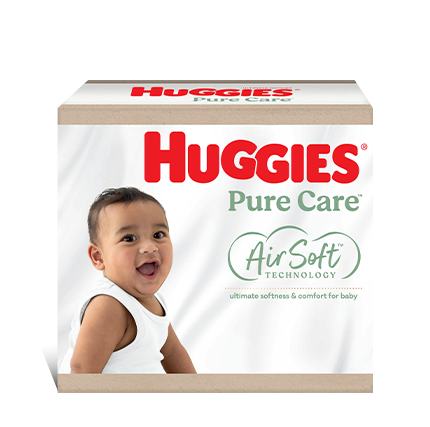Here are some simple and easy activities for you to do with the kids:
- Use stalks from dead flowers to build a ‘cubby’ around a simple frame.
- Collect cicada shells, ask an adult to help you spray-paint them gold or silver, and use them as decorations on next year’s Christmas tree.
- Write your name on a baby zucchini and watch it grow as the fruit expands into a giant marrow.
- Have a competition to grow the biggest pumpkin.
- Under supervision, make a Jack-o’-lantern out of a pumpkin.
- Make poppy dolls out of poppy flowers by pulling down the petals and tying a ribbon or piece of grass around the ‘waist’.
- Make pictures on the ground or in the sandpit by using round wattle flowers.
- Gather winged maple seeds. They make fantastic helicopters if dropped from a height and allowed to corkscrew to the ground.
- Pop any flower buds that are ready to open. Fuchsias and poppies are good.
Grow a Hyacinth
Another activity for kids is to grow a hyacinth bulb in the top of a bottle. All you will need is a good-sized bulb, and a jar or bottle whose top is just about the right diameter for the bulb to sit on top. Fill the jar with water until it is just below the base of the bulb, and keep it topped up by carefully lifting the bulb and pouring water into the top. The roots of the bulb will grow down into the water and eventually the bulb will produce a flower.
Hyacinth bulbs can also be grown in a pot indoors. In order to develop a good flower stem, it is helpful to keep the pot in a dark cupboard, or covered with an upside-down pot until the shoot emerges. Then gradually introduce the hyacinth to more light as its shoot develops.
Never place your indoor bulb into direct sunlight or subject it to indoor heating. These stresses will spoil the flowering before it even starts to happen.
One word of warning: hyacinth bulbs have a special irritant in their scaly outer skin that can cause itchiness. Always wash hands well after touching hyacinth bulbs or, preferably, handle the bulbs with gloves.
Fascinating plants for kids’ gardens
Strelitzia (bird of paradise). This plant has colourful flowers that look like exotic birds on top of stiff stems.
Sensitive plant (Mimosa pudica). This plant has become a dreadful weed in northern Australia but can be a fun, potted plant in cooler climates. When touched, the leaves fold up and can take some time before they unfurl again.
Tortured willow (Salix matsudana ‘Tortuosa’) and twisted hazelnut (Corylus avellana ‘Contorta’) have curiously curled and twisted stems that children love. They can be cut during their dormant winter season, dried and used as floral decorations or for displaying light ornaments, especially for Christmas.
Pussy willows are also beloved for the fluffy catkins that decorate the stems in spring. All willows should be planted with care and never where there is any risk of these water-hungry plants invading drains.
Chain of hearts (Ceropegia woodii) is a delightful basket plant with leaves that do resemble tiny hearts.
This information has been kindly supplied by Yates Australia. For more comprehensive information on gardening, water conservation and much more visit the Yates website or you can join the Yates Garden Club for free advice, competitions and promotions.
For more information see Gardening with kids or Parenting .
Last Published* May, 2024
*Please note that the published date may not be the same as the date that the content was created and that information above may have changed since.





















